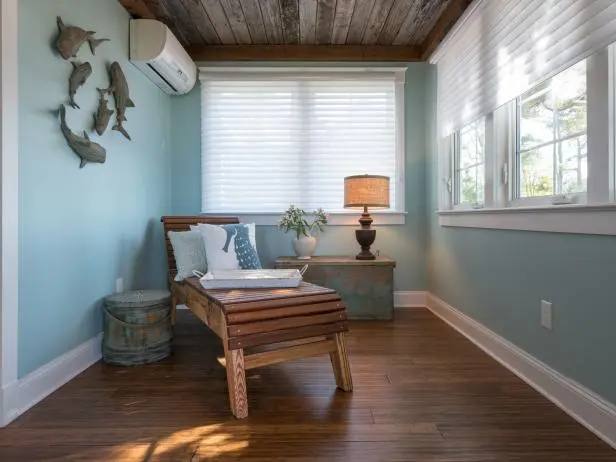The Pros of a Ductless System
A ductless heat pump or air conditioner typically consists of a wall-mounted indoor unit combined with an outside compressor. It’s most often used in a situation where a window AC unit or baseboard heating would be considered, such as a new addition to a house. But unlike window units, ductless units require only a very small hole to be drilled into the wall, making them less vulnerable to air leakage and security problems. Plus, they’re less visible and audible.
They’re also exceedingly energy-efficient. “In the average house, you’re losing 25 percent or more of your energy to ductwork,” says James Bowman, National Technical Manager for RectorSeal and a 20+ year veteran of the HVAC industry. “Simply by removing the ducts, you end up with a more efficient system. Ductless models also have inverter-driven compressors, which speed up and slow down based on the needs of the system instead of shutting off entirely as traditional HVAC compressors do. You consume a lot of energy during compressor start-up.”
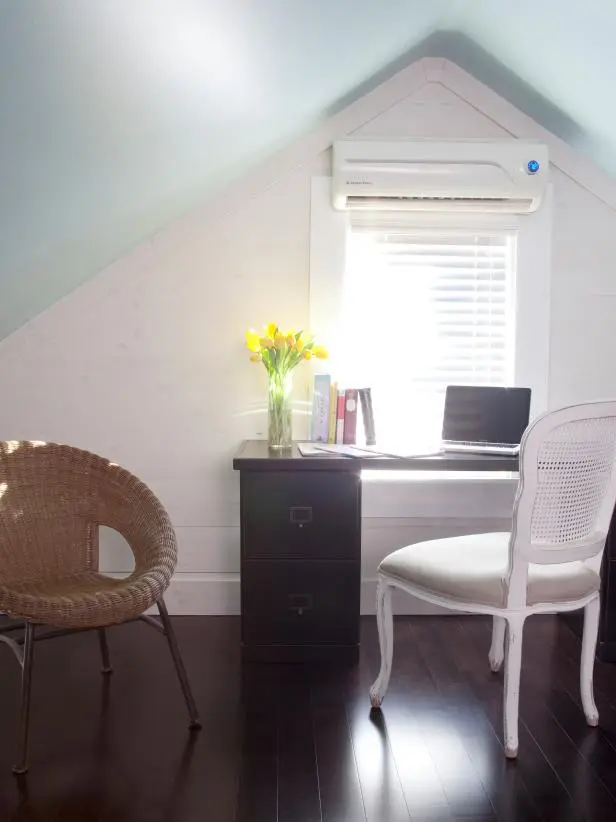
The Cons of a Ductless System
There are three strikes against ductless for most homeowners: up-front cost, regular maintenance and aesthetics. For those in extremely cold climates, there’s a fourth consideration: you’ll likely need a fuel-based backup if you want ductless heat, although some newer models can handle the load even when temps fall below zero.
For a single-room solution, ductless units cost several times more than comparable window units or baseboard heating units (thousands of dollars versus hundreds). And in whole-house terms, if you replace your existing central heating/cooling system with a complete ductless solution, you may pay two-to-three times the cost of simply replacing with another ducted unit. You’ll get lower energy bills in return, but the payback period depends on your climate, your use of the system, and your local electricity rates.
To do the calculations, Bowman recommends consulting a professional trade group, such as your local chapter of the Air Conditioning Contractors of America (ACCA) or the Refrigeration Service Engineers Society (RSES), to find a reputable HVAC contractor. The contractor should also be knowledgeable about system sizing and whether ductless heat will require additional support in your area.
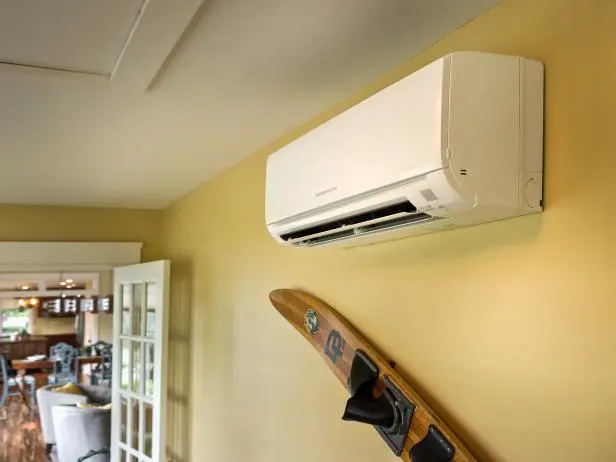
To maintain your system, you’ll have to wash each unit’s filter monthly (more often if you smoke or have pets). Don’t skip it: ductless fans can’t handle accumulating debris, and if you ignore maintenance and a professional cleaning is required, you’ll spend hundreds of dollars and possibly shorten the life of your system.
Many homeowners are hesitant to install ductless because the units aren’t necessarily design-friendly. They come in standard white or beige and can’t be covered. But Bowman says that in his experience, ductless customers who are initially reluctant because of aesthetics report that after installation, they forget the unit is even there.
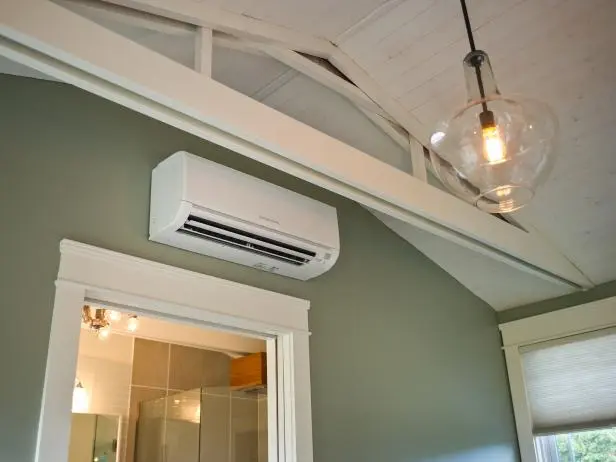
What’s the Ideal Situation for Ductless?
Depending on your home’s construction, ductless systems can make sense in a variety of applications, including whole-house heating and cooling. But there are certain situations where ductless has a clear advantage:
- New additions: garage apartments, bonus rooms, sunrooms. “And man caves,” Bowman adds. “If you smoke cigars in there, you won’t be sharing ductwork with the rest of the house.” The main benefit of ductless here is that it will be properly sized for the new space and won’t steal air from other rooms or overload your old HVAC system.
- Downsizing efforts for larger homes. “Many retirees, for example, don’t want to heat and cool rooms they aren’t using,” Bowman says. “But they often shut HVAC grilles in empty rooms, creating pressure imbalances and mold problems. It’s far better to install a ductless system in, say, the master bedroom and set the house’s main thermostat to run minimally.”
- Serving multiple needs under one roof. Does your family constantly fight over the thermostat? Ductless is ideal for creating independent temperature zones in different rooms, and although you can install zoning in a traditional ducted system, it won’t be as efficient.
- Giving support to a room with specific heating/cooling problems. If you have a small kitchen with a giant stove, a southwest view and big picture windows, a ductless unit can make your Fourth of July party far less sweaty without having to install new ductwork.
- Adding AC to a house with no existing ductwork. Ductless isn’t cheap, but it’s less expensive than adding ductwork to an existing house.
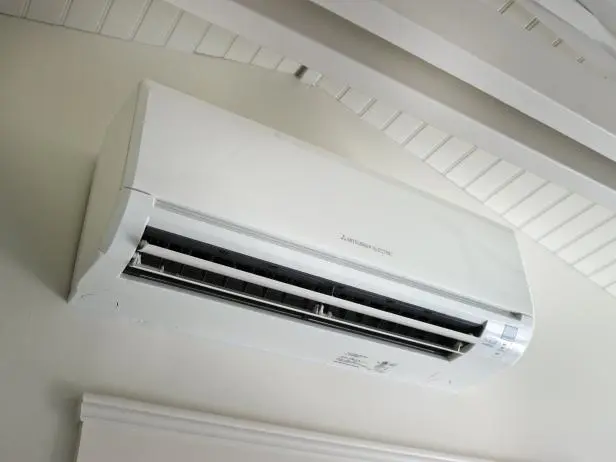
Go With a Good Contractor
Proper system sizing and installation are absolutely critical to getting the touted benefits from a ductless system. Although a DIY approach is possible, Bowman advises against it as you’ll likely void the warranty. Ductless will never work properly if the system is the wrong size, the wall penetration isn’t sealed correctly, or the sensitive electronics are mishandled. And you have to be able to handle refrigerants according to EPA guidelines. “The extra money you spend to have a pro do the job is worth it,” Bowman says.
To install a single unit in a single room (assuming there are no complicated construction issues with your house), expect the job to take around three-to-seven hours. Multiple rooms and tricky construction may push installation time up to a week.





